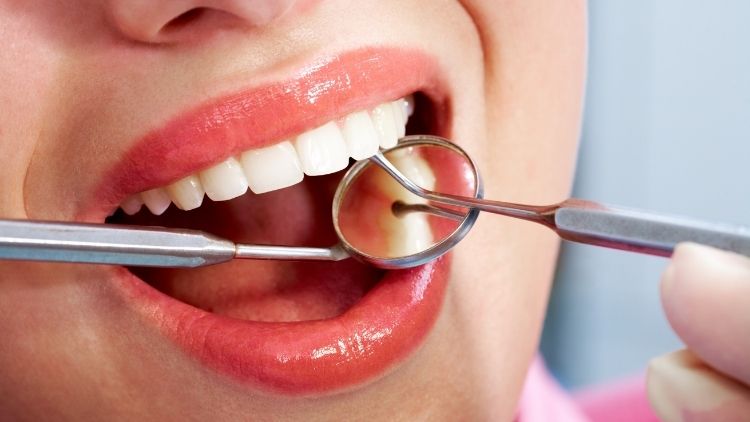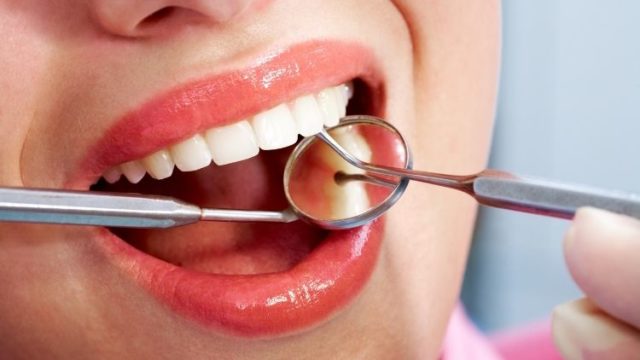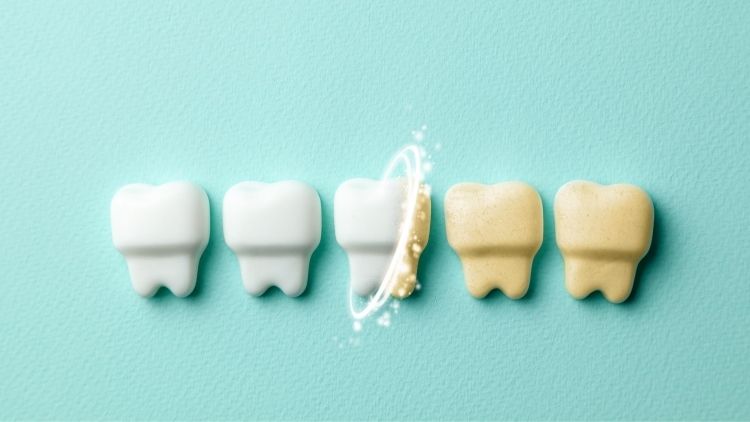
Are you wondering what the different types of dental bridges are? There are four different types of dental bridges. A bridge is an easy fix when you have missing teeth. It completes the gap to make it look like you have ungapped teeth. Let’s go over the four types of bridges.
1. Maryland dental bridge
A Maryland dental bridge is similar to a traditional crown in that it uses two remaining teeth, or implants, on each side of the gap. However, it differs from a traditional bridge in that the abutment teeth are fitted with pins or frameworks that are bonded onto their backs.
2. Traditional dental bridge
If you have natural teeth on both sides of the gap created by your missing tooth, a traditional dental bridge is likely a good option for you. A traditional dental bridge is a fixed dental prosthesis that consists of a false tooth or teeth being held in place by dental crowns that have been cemented onto each of the abutment teeth.
3. Implant-supported dental bridge
As the name implies, implant-supported bridges use dental implants as opposed to crowns or frameworks. Typically, one implant is surgically placed for every missing tooth, and these implants hold the bridge in position. If one implant for each missing tooth isn’t possible, the bridge may have a pontic suspended between two implant-supported crowns.
4. Cantilever dental bridge
A cantilever bridge uses a single dental crown on one side of your missing tooth gap to attach a pontic to the healthy tooth on the other side. This may be the right option for you if you have just one natural tooth next to your space.
Conclusion
You have options if you’re missing a tooth or a number of teeth. A dental bridge is one and there are four types. There are benefits to dental bridges. Talk to a dentist asap about what type of bridge is best for you. Contact us today to schedule an honest appointment.
FAQ SECTION
What are the different types of dental bridges available?
- The main types of dental bridges include traditional bridges, cantilever bridges, Maryland bridges, and implant-supported bridges. Each type is designed for different situations depending on the number of missing teeth and the health of the surrounding teeth.
Which types of dental bridges are best for multiple missing teeth?
- For multiple missing teeth, implant-supported bridges or traditional bridges are often recommended. These types of dental bridges provide strong support and stability by using either natural teeth or implants as anchors.
How do traditional bridges differ from other types of dental bridges?
- Traditional bridges use two crowns placed on the teeth adjacent to the missing tooth, with a false tooth (pontic) in between. This is one of the most common types of dental bridges and is often recommended when the surrounding teeth are healthy enough to support the bridge.
Are there any minimally invasive types of dental bridges?
- Yes, Maryland bridges are a minimally invasive option. Unlike other types of dental bridges, they use a metal or porcelain framework bonded to the back of the adjacent teeth, which means no crowns or major alterations to surrounding teeth are required.
What factors determine which types of dental bridges are right for me?
- The right type of dental bridge for you depends on the location of the missing tooth, the health of adjacent teeth, your budget, and personal preference. Your dentist will help you choose the best option based on these factors and your specific dental needs.

 Request an Appointment
Request an Appointment
